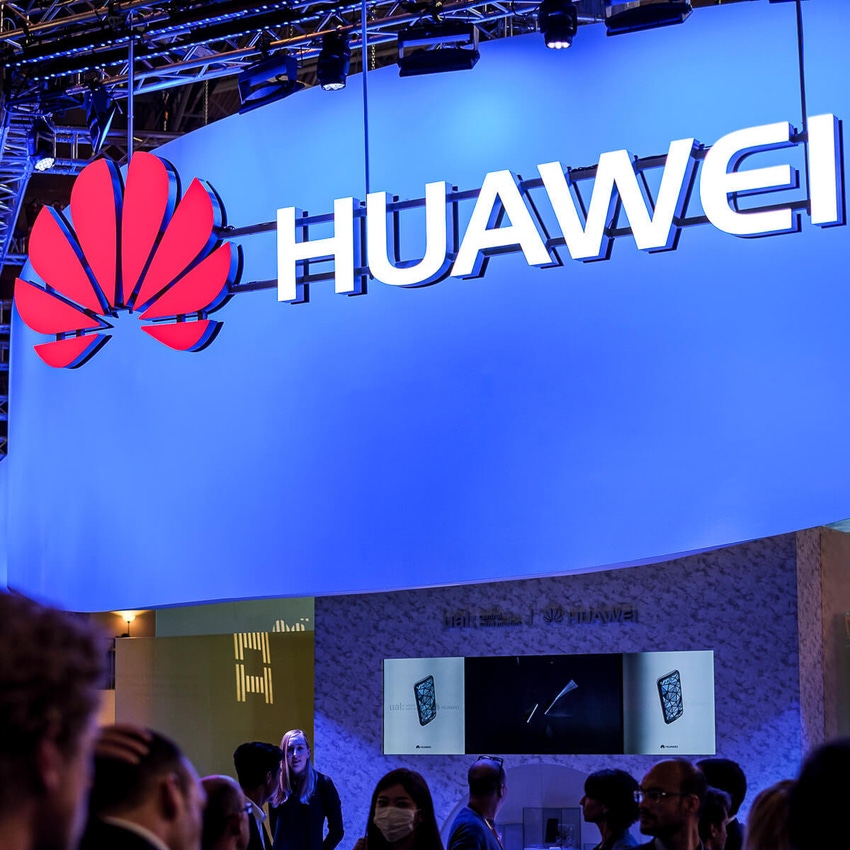Huawei eyes growth from recovery, low-carbon solutions
With its legacy business facing headwinds, Huawei's enterprise group is emerging as its prime growth engine.

With its legacy business facing headwinds, Huawei's enterprise group is emerging as its prime growth engine.
It's already a 100 billion yuan ($15.5 billion) business, boosting revenue 23% last year from its networking, cloud and smart solutions. It's still a small part of the company, accounting for just 11% of revenue, but the only part with a clear growth path.
Current rotating chairman Eric Xu says a good deal of that growth will come from digital transformation driven by the economic recovery and the push to a low-carbon economy.
Carbon capture
Digital technology holds the key to reducing carbon emissions across all industries, he said, quoting a World Economic Forum forecast that ICTs would help remove 12.1 billion tonnes by 2030. "The economic recovery from the pandemic and low-carbon are both pushing companies to act faster in digital transformation," Xu told the company's annual enterprise event held online Thursday.
New digital infrastructure is laying the foundation for transformation, Xu said, citing the significant installed base of 5G, cloud and AI. Already 176 commercial 5G networks were deployed and 10,000 industrial use cases implemented, while 81% of organizations were already using the cloud or have apps in the cloud.
AI was growing even faster, adopted by 61% of companies in the financial services, telecom and auto sectors. Huawei's own cloud business is substantial. According to Gartner, it was the world's fastest-growing IaaS cloud company in 2020, with revenue up 203% to $2.7 billion. It ranks fifth globally and second in China. It has built a developer base of 2.3 million and has 4,500 services available in its cloud marketplace.
Business as usual
The company is also leveraging its telecom network expertise for the enterprise market. Xu made a pitch for Huawei's autonomous driving network (ADN) capability that it had been selling to carriers for the past two years. "We believe that networks of the future will be like autonomous vehicles that can self-operate," he said. As a result of digitalization, enterprises were dealing with an exponential growth in network complexity, with many more IoT connections, greater performance requirements and frequent network changes due to the cloud and new apps.
Interested in Asia? Check out our dedicated content channel here on
Light Reading.
"There won't be more O&M engineers," Xu said. "This can be addressed only by applying digital technology to network O&M."
He said Huawei's new digital energy subsidiary would develop solutions and help reduce CO2 transmissions in traditional sectors.
Related posts:
— Robert Clark, contributing editor, special to Light Reading
Read more about:
AsiaAbout the Author(s)
You May Also Like




_International_Software_Products.jpeg?width=300&auto=webp&quality=80&disable=upscale)







